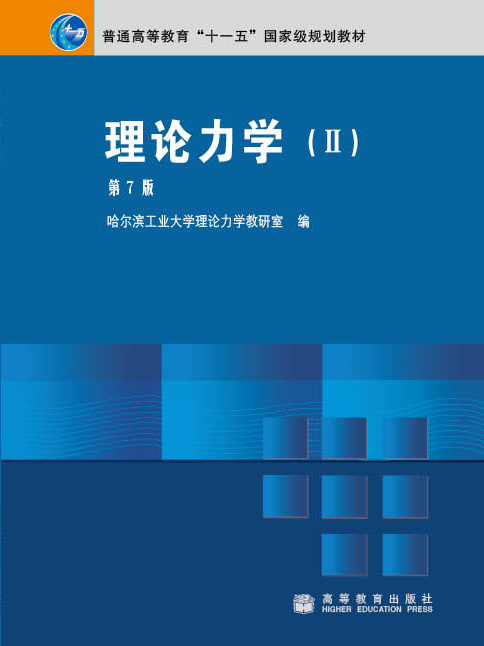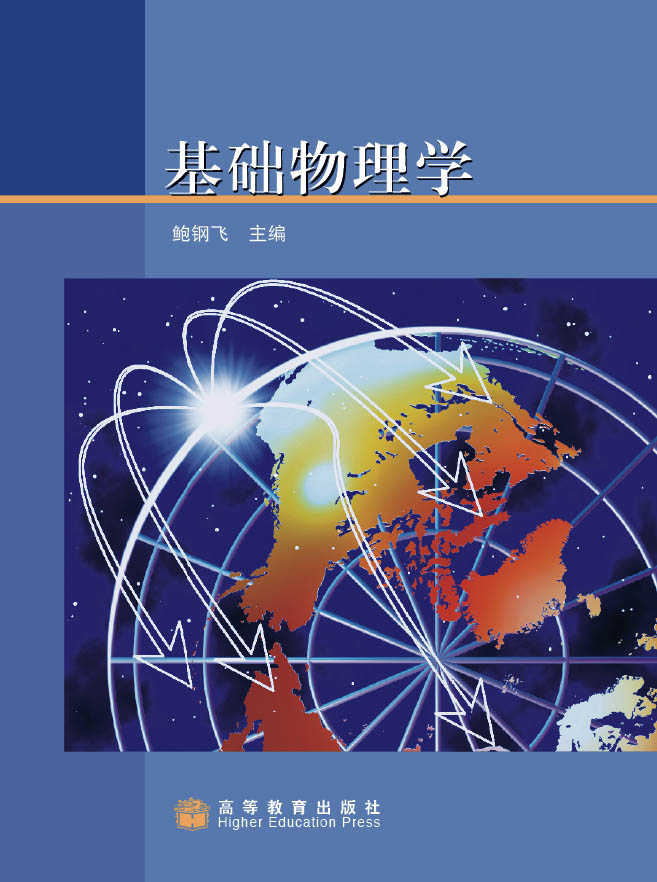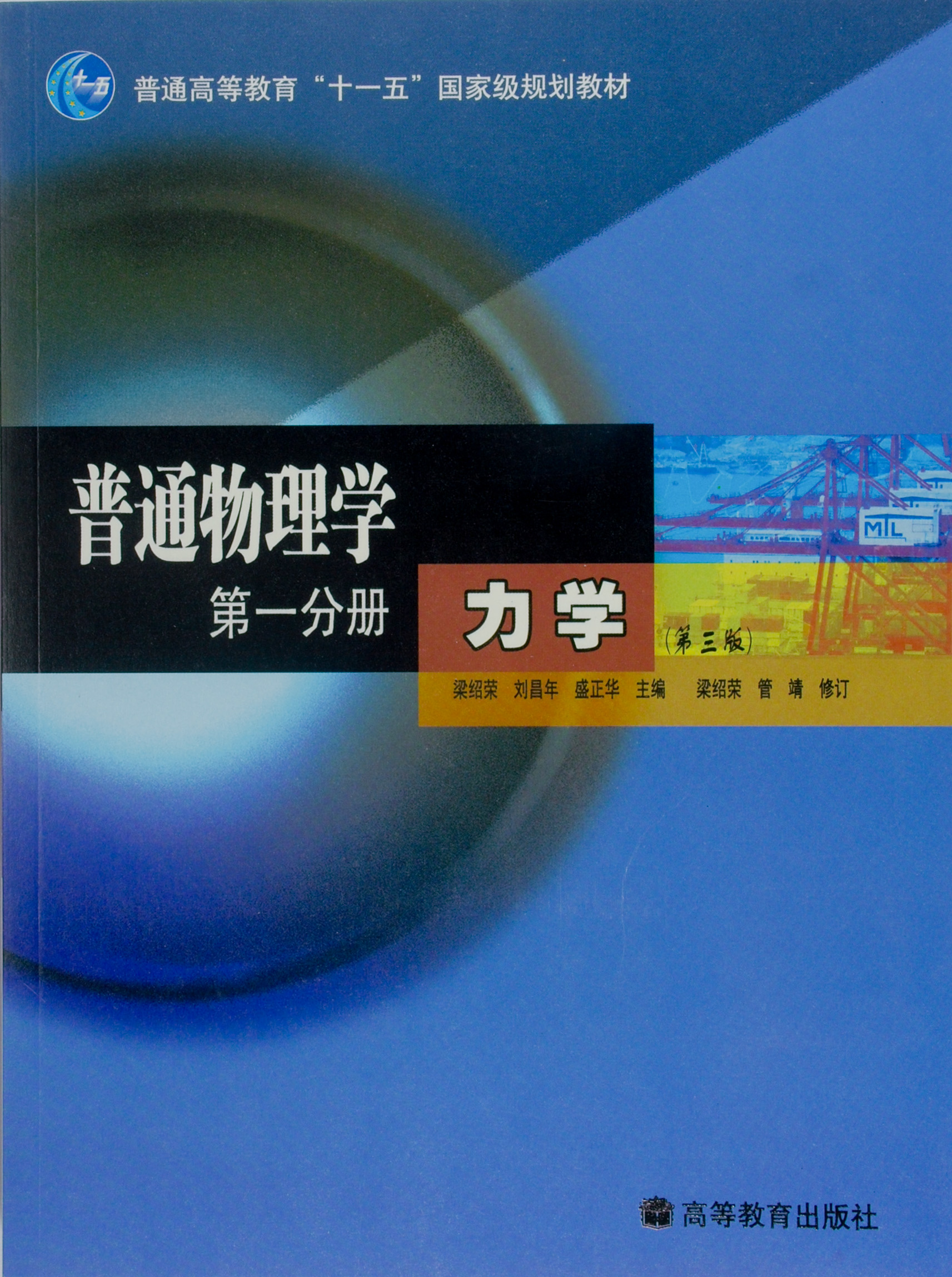理论力学(第7版)(I)
作者: 哈尔滨工业大学理论力学教研室
出版时间:2013-05-24
出版社:高等教育出版社
- 高等教育出版社
- 9787040266504
- 7
- 170812
- 0045154194-0
- 平装
- 16开
- 2013-05-24
- 480
- 392
本书第1版至第2版受到广大教师和学生的欢迎,第6版为普通高等教育“十五”国家级规划教材。本版仍保持前6版理论严谨、逻辑清晰、由浅入深、宜于教学的风格体系。适当增加了少量新内容,对习题进行了增删,习题覆盖的题型更广。本书第7版是“十二五”普通高等教育本科国家级规划教材,是“高等教育百门精品课程教材建设计划”的研究成果。
本书第7版内容是按照教育部力学基础课程教学指导分委员会最新制订的“理论力学课程教学基本要求(A类)修订的,共分I、II两册。《理论力学》(I)内容包括静力学(含静力学公理、物体的受力分析、平面力系、空间力系、摩擦等)运动学(含点的运动学、刚体的简单运动、点的合成运动、刚体的平面运动等)和动力学(含质点动力学的基本方程、动量定理、动量矩定理、动能定理、达朗贝尔原理、虚位移原理等)。一般中等学时的专业只用第I册即可。《理论力学》(II)为专题部分,内容包括分析力学基础、非惯性系中的质点动力学、碰撞、机械振动基础、刚体定点运动、自由刚体运动、刚体运动的合成·陀螺仪近似理论、变质量动力学等。各专业可根据需要来选取。全书配有大量思考题及习题。
本书可作为高等学校工科机械、土建、水利、航空、航天等专业理论力学课程的教材,亦可作为高职高专、成人高校相应专业的自学和函授教材,也可供有关工程技术人员参考。
本书后附有学习卡,用户可登录易课程网(网址http://abook.hep.com.cn/1248791)使用网络资源。网络资源中既有供教师使用的资源,也有供学生学习使用的资源。与本书配套的有《理论力学电子教案》(光盘)、《理论力学习题详解》(光盘)、《理论力学网上作业与查询系统》(光盘)和《理论力学学习辅导》、《理论力学解题指导及习题集》(第3版)。
绪论
静力学
引言
第一章 静力学公理和物体的受力分析
§1-1 静力学公理
§1-2 约束和约束力
§1-3 物体的受力分析和受力图·力学模型和力学简图
思考题
习题
第二章 平面力系
§2-1 平面汇交力系
§2-2 平面力对点之矩·平面力偶
§2-3 平面任意力系的简化
§2-4 平面任意力系的平衡条件和平衡方程
§2-5 物体系的平衡·静定和超静定问题
§2-6 平面简单桁架的内力计算
思考题
习题
第三章 空间力系
§3-1 空间汇交力系
§3-2 力对点的矩和力对轴的矩
§3-3 空间力偶
§3-4 空间任意力系向一点的简化·主矢和主矩
§3-5 空间任意力系的平衡方程
§3-6 重心
思考题
习题
第四章 摩擦
§4-1 滑动摩擦
§4-2 摩擦角和自锁现象
§4-3 考虑摩擦时物体的平衡问题
§4-4 滚动摩阻的概念
思考题
习题
运动学
引言
第五章 点的运动学
§5-1 矢量法
§5-2 直角坐标法
§5-3 自然法
*§5-4 点的速度和加速度在柱坐标和极坐标中的投影
*§5-5 点的速度和加速度在球坐标中的投影
思考题
习题
第六章 刚体的简单运动
§6-1 刚体的平行移动
§6-2 刚体绕定轴的转动
§6-3 转动刚体内各点的速度和加速度
§6-4 轮系的传动比
§6-5 以矢量表示角速度和角加速度·以矢积表示点的速度和加速度
思考题
习题
第七章 点的合成运动
§7-1 相对运动·牵连运动·绝对运动
§7-2 点的速度合成定理
§7-3 牵连运动是平移时点的加速度合成定理
§7-4 牵连运动是定轴转动时点的加速度合成定理·科氏加速度
思考题
习题
第八章 刚体的平面运动
§8-1 刚体平面运动的概述和运动分解
§8-2 求平面图形内各点速度的基点法
§8-3 求平面图形内各点速度的瞬心法
§8-4 用基点法求平面图形内各点的加速度
§8-5 运动学综合应用举例
思考题
习题
动力学
引言
第九章 质点动力学的基本方程
§9-1 动力学的基本定律
§9-2 质点的运动微分方程
思考题
习题
第十章 动量定理
§10-1 动量与冲量
§10-2 动量定理
§10-3 质心运动定理
思考题
习题
第十一章 动量矩定理
§11-1 质点和质点系的动量矩
§11-2 动量矩定理
§11-3 刚体绕定轴的转动微分方程
§11-4 刚体对轴的转动惯量
§11-5 质点系相对于质心的动量矩定理
§11-6 刚体的平面运动微分方程
思考题
习题
第十二章 动能定理
§12-1 力的功
§12-2 质点和质点系的动能
§12-3 动能定理
§12-4 功率·功率方程·机械效率
§12-5 势力场·势能·机械能守恒定律
§12-6 普遍定理的综合应用举例
思考题
习题
综合问题习题
第十三章 达朗贝尔原理
§13-1 惯性力·质点的达朗贝尔原理
§13-2 质点系的达朗贝尔原理
§13-3 刚体惯性力系的简化
§13-4 绕定轴转动刚体的轴承动约束力
思考题
习题
第十四章 虚位移原理
§14-1 约束·虚位移·虚功
§14-2 虚位移原理
思考题
习题
参考文献
习题答案
索引
Synopsis
Contents
主编简介
Preface
STATICS
Introduction
Chapter 1 Axiom of Statics and Free-body Diagram
§1-1 Axioms of Statics
§1-2 Constraints and Reactions of Constraint
§1-3 Free-body Diagram
Questions
Exercises
Chapter 2 Planar Force System
§2-1 Planar Concurrent Force Systems
§2-2 Moment of Force about a Co-planar Point·Plane Couples
§2-3 Reduction of Planar Force System
§2-4 Equilibrium Condition and Equilibrium Equations of General Planar
Force System
§2-5 Equilibrium of Body System·Statics Determinable and Indeterminable Problems
§2-6 Determination of Internal Forces of Simple Plane Truss
Questions
Exercises
Chapter 3 Spatial Force System
§3-1 Spatial Concurrent Force System
§3-2 Moment of Force about a Point and about an Axis
§3-3 Spatial Couples
§3-4 Reduction of General Spatial Force System to a Given Point· Principle Vector and Principle Moment
§3-5 Equilibrium Equations of General Spatial Force System and Illustrations of Their Application
§3-6 Center of Gravity
Questions
Exercises
Chapter 4 Friction
§4-1 Sliding Friction
§4-2 Angle of Friction and Phenomena of Self-locking
§4-3 Equilibrium Problem of the Body with Friction
§4-4 Concept of Rolling Resistance
Questions
Exercises
KINEMATICS
Introduction
Chapter 5 Kinematics of a Particle
§5-1 The Vector Method
§5-2 The Rectangular Coordinating Method
§5-3 The Natural Coordinating Method
*§5-4 Projections of Velocity and Acceleration of a Particle on Cylindrical and Polar Coordinates
*§5-5 Projections of the Velocity and Acceleration of a Particle on Spherical Coordinates
Questions
Exercises
Chapter 6 Simple Motion of Rigid Bodies
§6-1 Translation of a Rigid Body
§6-2 Rotation of a Rigid Body about a Fixed-axis
§6-3 Velocity and Acceleration of the Points of a Rotating Body
§6-4 Ratio of Transmission of Motion of Gear System
§6-5 Vector Form of Angular Velocity and Angular Acceleration·Vector Product Expressions of the Velocity and Acceleration of the Points of a Rigid Body
Questions
Exercises
Chapter 7 Resultant Motion of a Particle
§7-1 Relative Motion·Transport Motion·A bsolute Motion
§7-2 Theorem of Composition of the Velocities of a Particle
§7-3 Theorem of Composition of the Acceleration of a Particle in Translation Reference Frame
§7-4 Theorem of Composition of the Acceleration of a Particle in the Reference Frame Rotating about a Fixed-axis·Coriolis Acceleration
Questions
Exercises
Chapter 8 Plane Motion of a Rigid Body
§8-1 Description and Decomposition of the Plane Motion of a Rigid Body
§8-2 Determination of the Velocity of the Points of a Body by the Pole Method
§8-3 Determination of the Velocity of the Points of a Body by the Instantaneous Center of Zero Velocity
§8-4 Determination of the Acceleration of the Points of a Body by the Pole Method
§8-5 Illustration of the Application of Kinematics Theories
Questions
Exercises
DYNAMICS
Introduction
Chapter 9 General Equations of Particle Dynamics
§9-1 Fundamental Laws of Motion of a Particle
§9-2 Differential Equations of Motion of a Particle
Questions
Exercises
Chapter 10 Theorem of Linear Momentum
§10-1 Linear Momentum and Impulse
§10-2 Theorem of Linear Momentum
§10-3 Theorem of the Motion of the Mass Center of a Particle System
Questions
Exercises
Chapter 11 Theorem of Angle Momentum
§11-1 Angle Momentum of a Particle and a Particle System
§11-2 Theorem of Angular Momentum
§11-3 Differential Equation of Rotation of a Rigid Body about a Fixedaxis
§11-4 Mass Moment of Inertia of a Rigid Body about a Fixed-axis
§11-5 Theorem of Angular Momentum about the Mass Center of a Particle System
§11-6 Differential Equation of Plane Motion of a Rigid Body
Questions
Exercises
Chapter 12 Theorem of Kinetic Energy
§12-1 Work Done by Forces
§12-2 Kinetic energy of a Particle and a Particle System
§12-3 Theorem of Kinetic Energy
§12-4 Power·Equation of Power·Mechanical Efficiency
§12-5 Potential Force Field·Potential Energy·Conservation of Mechanical Energy
§12-6 Illustrations of Application of General Theorems of Dynamics
Questions
Exercises
Synthesis Exercises
Chapter 13 D’Alembert’s Principle
§13-1 Force of Inertia·D’Alembert’s Principle of a Particle
§13-2 D’Alembert’s Principle of a Particle System
§13-3 Reduction of Inertia Force System of a Rigid Body
§13-4 Dynamic Reactions on the Axis of a Rotating Rigid Body
Questions
Exercises
Chapter 14 Principle of Virtual Displacement
§14-1 Constraint·Virtual Displacement·Virtual Work
§14-2 Principle of Virtual Displacement
Questions
Exercises
References
Key to Exercises
Index
Synopsis
Contents
A Brief Introduction to the Authors










